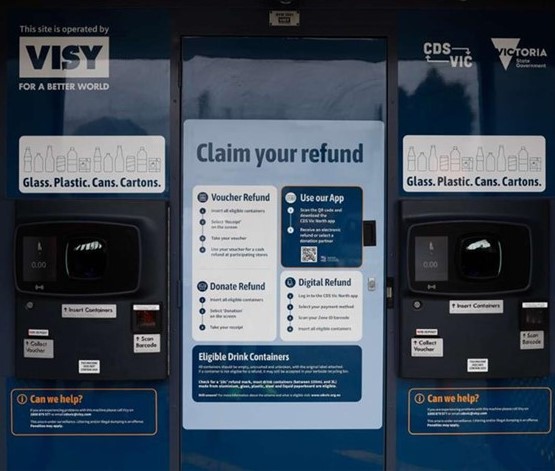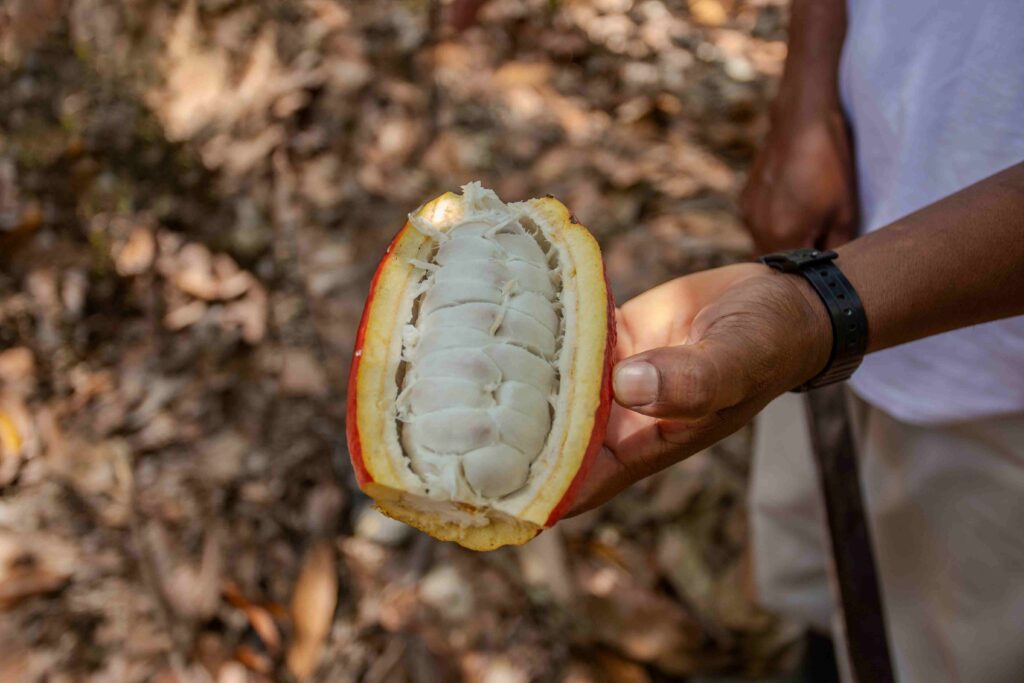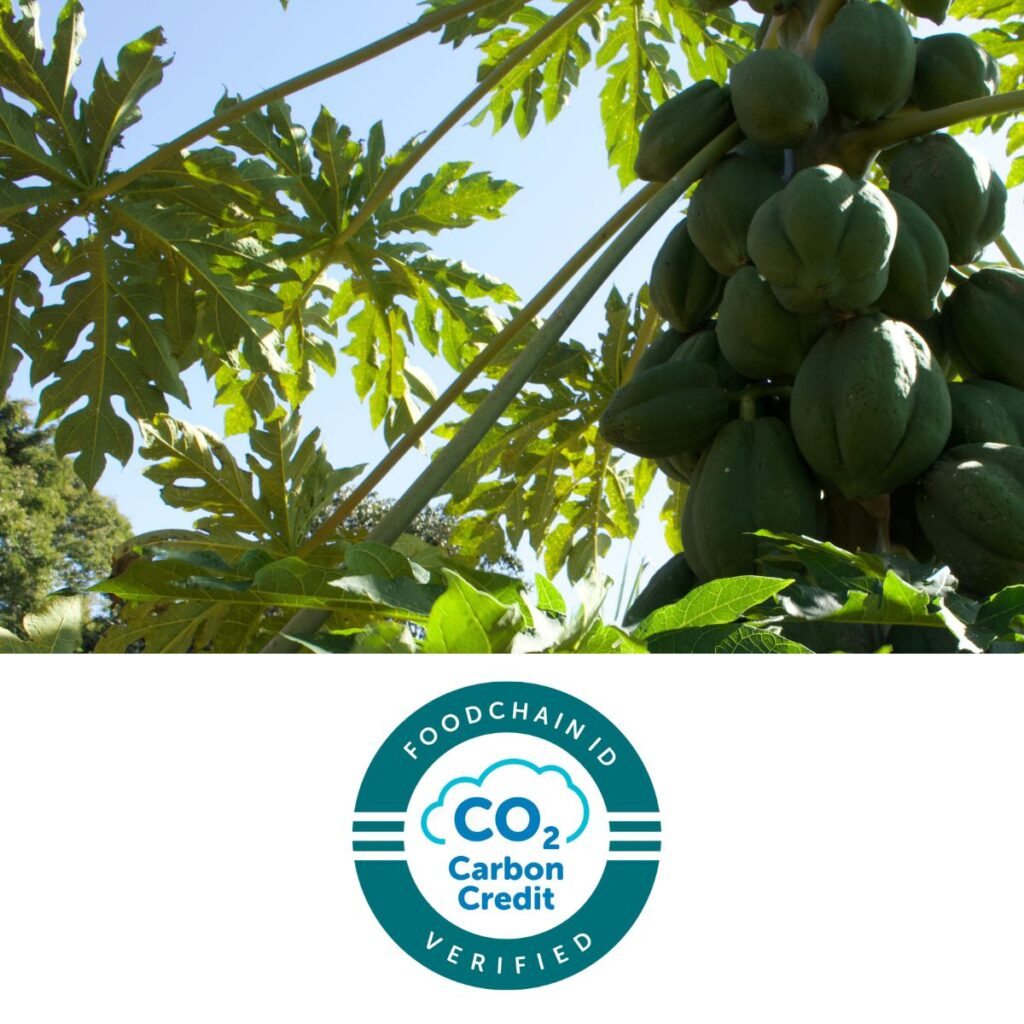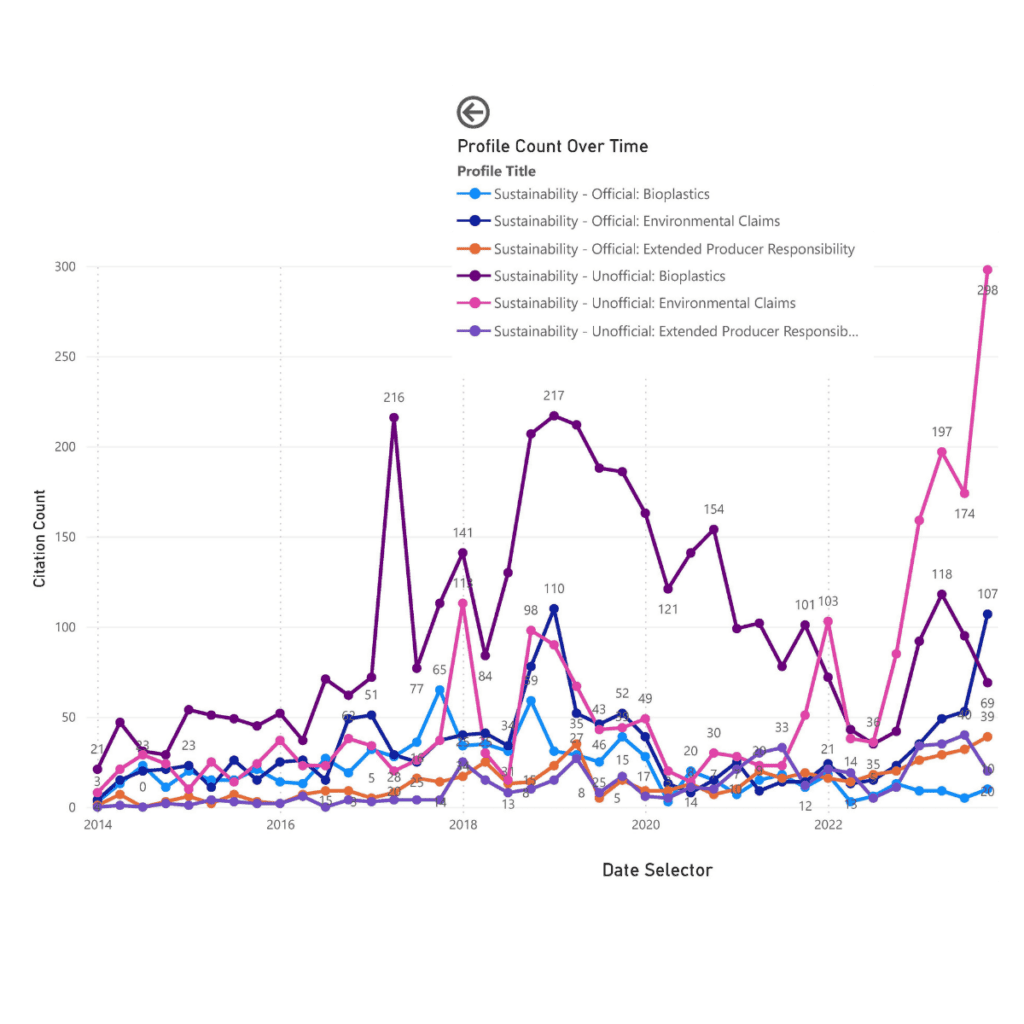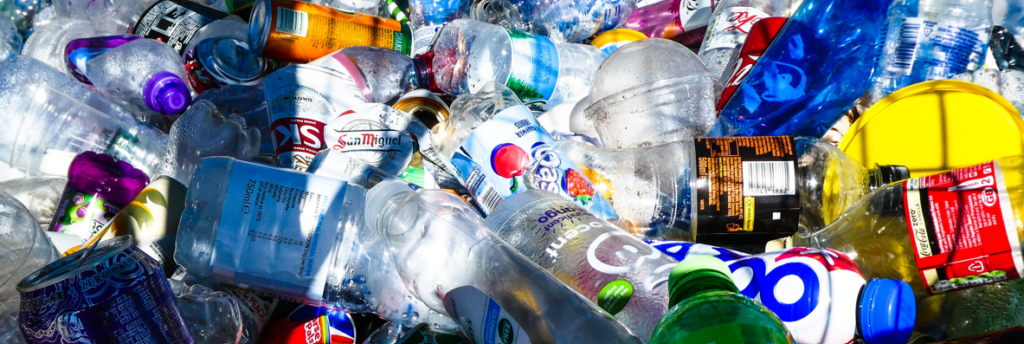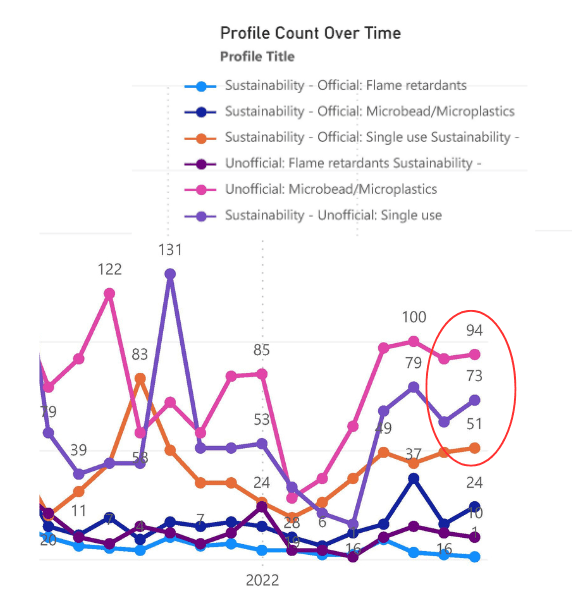By Sureyya Topaloglu, Regulatory Researcher and Regulatory Trends Consultant
To stay updated on the latest industry developments, such as the Organic Food and Food Sustainability Digest or the Packaging Sustainability Digest & Report, subscribe to FoodChain ID’s Reports & Digests.
“Sustainability” is a word we encounter so frequently that its original meaning has become diluted. Once a concept that carried the weight of urgent environmental and cultural responsibility, the topic of sustainability now risks becoming a catch-all phrase in a sea of competing claims.
Introduction: The Erosion of Sustainability’s Meaning
From environmental concerns like deforestation and greenhouse gas emissions to cultural sustainability, such as preserving traditional food systems, the food sector intersects with many facets of sustainability. Unfortunately, a flood of unverified, overly broad claims has led to a phenomenon known as greenwashing, causing consumer fatigue and obscuring sustainability progress. In order to maintain sustainability’s integrity, greenwashing must be confronted head-on, and transparent, verifiable actions must be taken to ensure benefits for both the planet and society.
The Growing Consumer Demand for Sustainability
Research consistently shows that eco-conscious purchasing habits are on the rise. Even with cost-of-living pressures and record food inflation, more than four-fifths (80%) of global consumers say they are willing to pay more for sustainably produced or sourced goods. This shift is not just reshaping product development but also propelling brands that align with sustainability values toward stronger sales and increased loyalty.
In the food industry, this demand is translating into a preference for locally sourced, ethically produced and environmentally friendly products. For example, a World Economic Forum report emphasizes the growing desire for transparency within supply chains and underscores the importance of educating consumers about sustainable practices.
Combating Greenwashing: A Call for Transparency and Accountability
To address the heightened consumer demand for sustainability, food businesses must prioritize transparency, traceability and verifiability in their operations to avoid greenwashing. This begins with thoroughly mapping the supply chain to ensure every ingredient’s origin, production methods and environmental impact are traceable and transparent.
One effective strategy is adopting third-party certifications that validate sustainability claims, such as organic, fair trade or specific environmental standards. These certifications must be clearly communicated on packaging or in marketing materials to avoid vague or misleading terms like “eco-friendly.” For example, FoodChainID offers a range of sustainability certifications, including Carbon Credit Verification and Regenerative Agriculture Certification, which help businesses demonstrate their commitment to sustainable practices.
Additionally, regulatory frameworks, such as the EU’s Green Claims Directive, push companies to back up environmental claims with credible scientific evidence. Compliance with such regulations significantly reduces the likelihood of making exaggerated or unverifiable claims, ensuring that sustainability assertions are genuine and supported by clear data.
The European Deforestation Regulation (EUDR): Ensuring Deforestation-Free Supply Chains
The EU’s Green Claims Directive, alongside the European Deforestation Regulation (EUDR), is setting new standards for sustainability across industries. The EUDR mandates that applicable products entering the EU market must be verifiably deforestation-free, creating a clear legal and ethical framework for businesses to follow.
Food production is one of the largest drivers of deforestation, with commodities like soy, palm oil, and cocoa being closely linked to forest degradation. Ensuring a deforestation-free supply chain is no longer just a best practice—it is a pending legal obligation. By leveraging services and technologies such as certification systems and satellite monitoring, food firms can guarantee traceability and transparency across their supply chains, complying with evolving regulations and meeting increasing consumer demand for sustainability.
Conclusion: A Path Toward Genuine Sustainability
As sustainability continues to evolve from a buzzword into a pressing reality, food companies must rise to the challenge of embracing verifiable, impactful sustainability practices. Addressing greenwashing is only the first step—companies must build transparent, accountable supply chains and ensure that their claims are backed by evidence.

